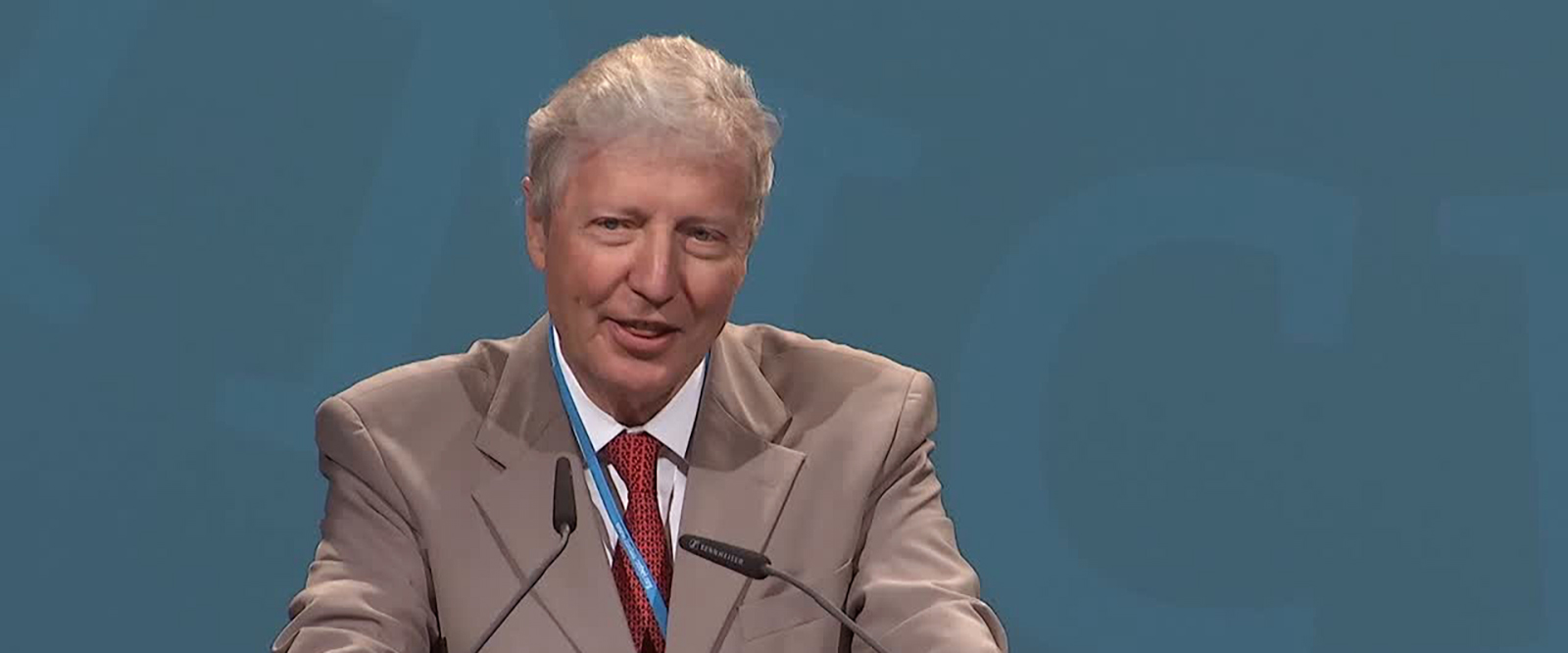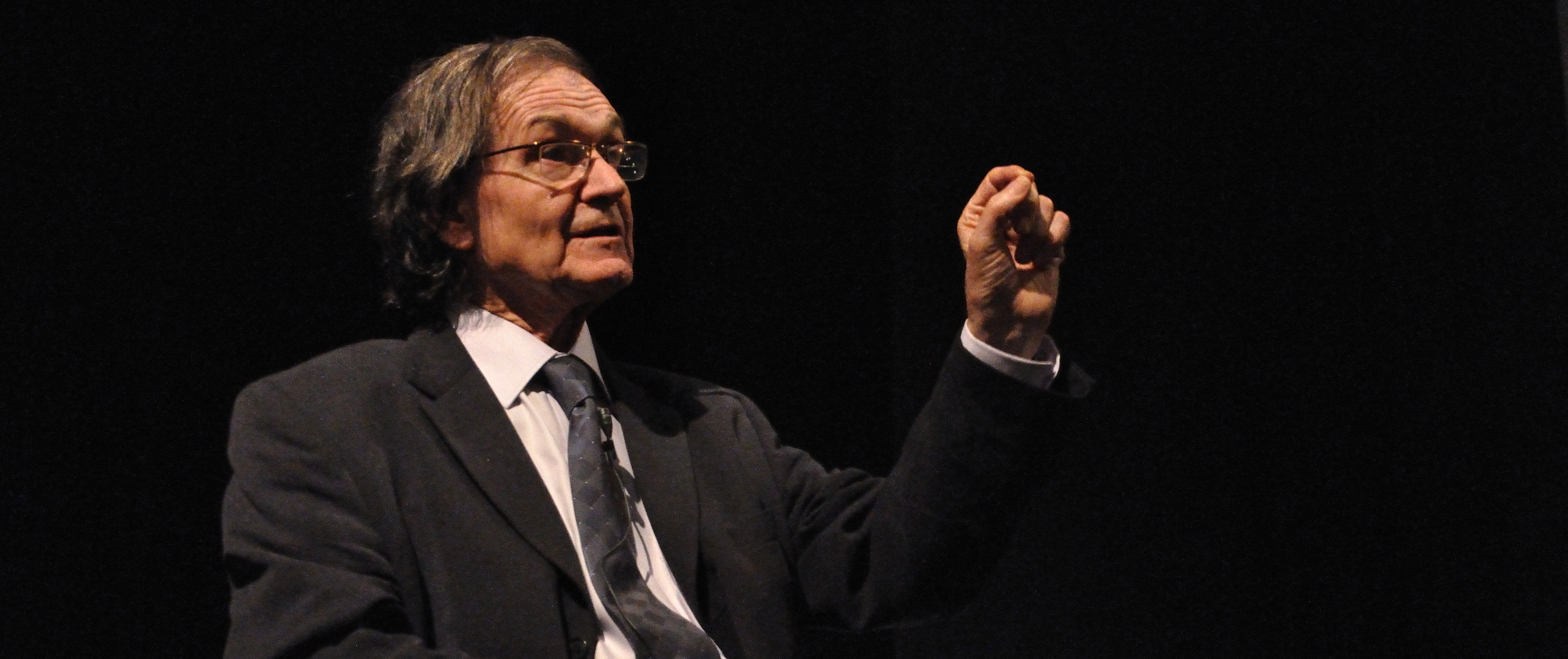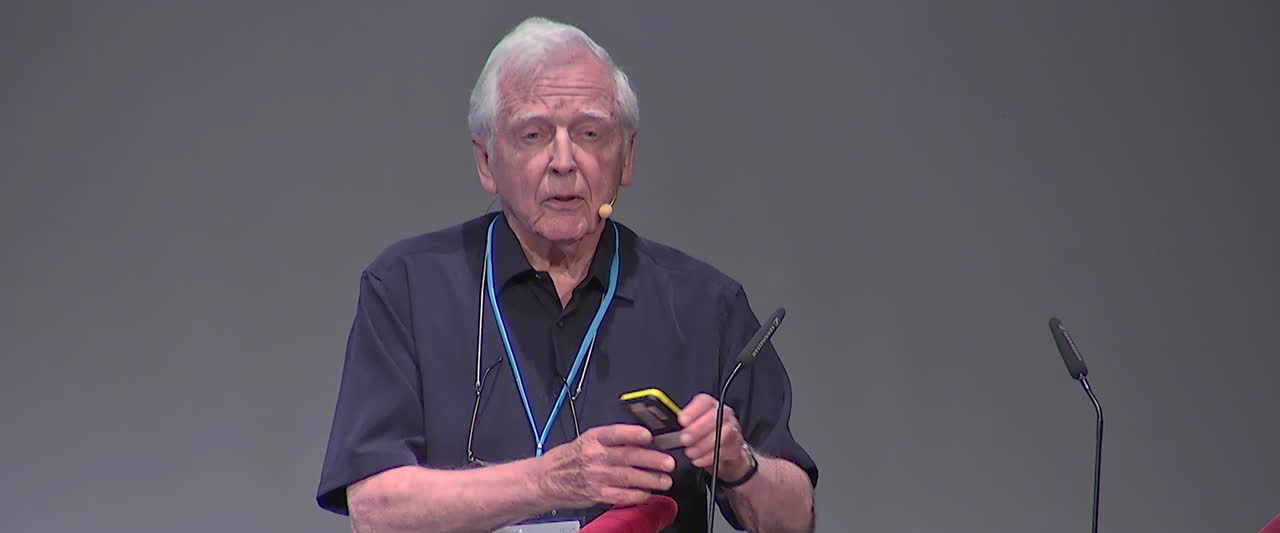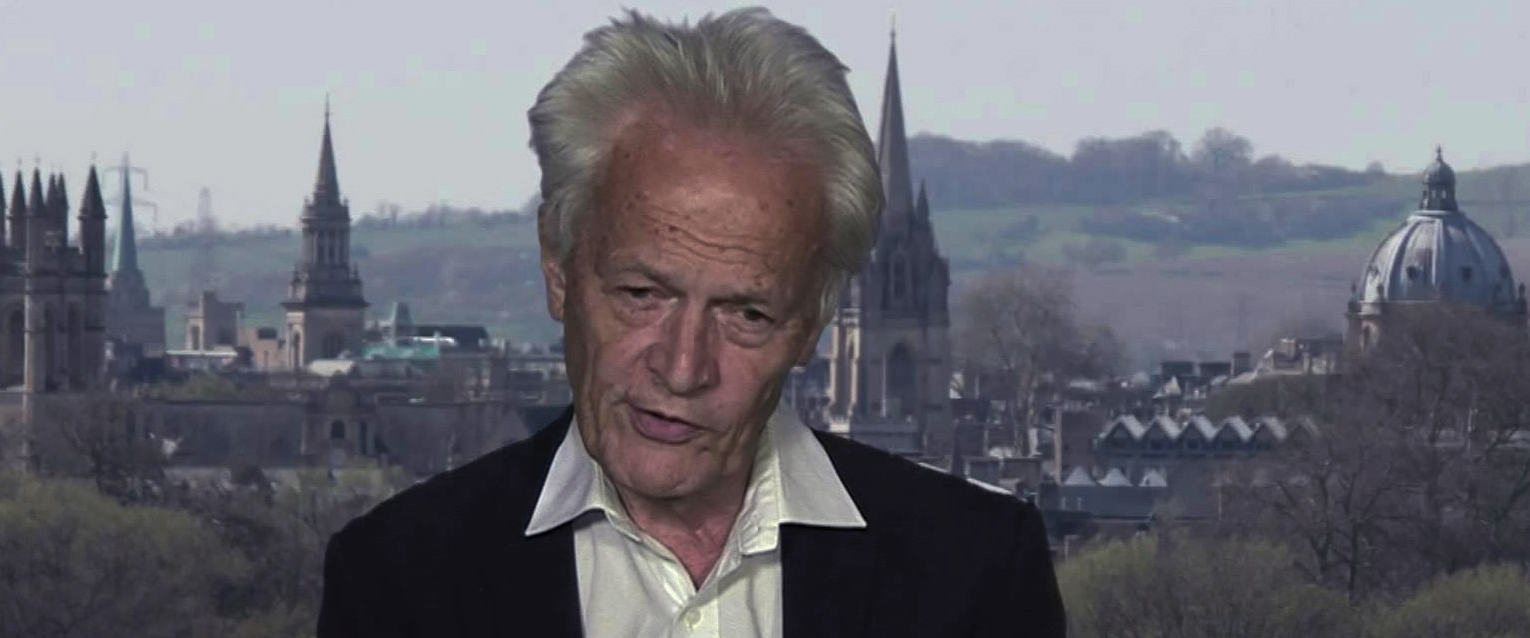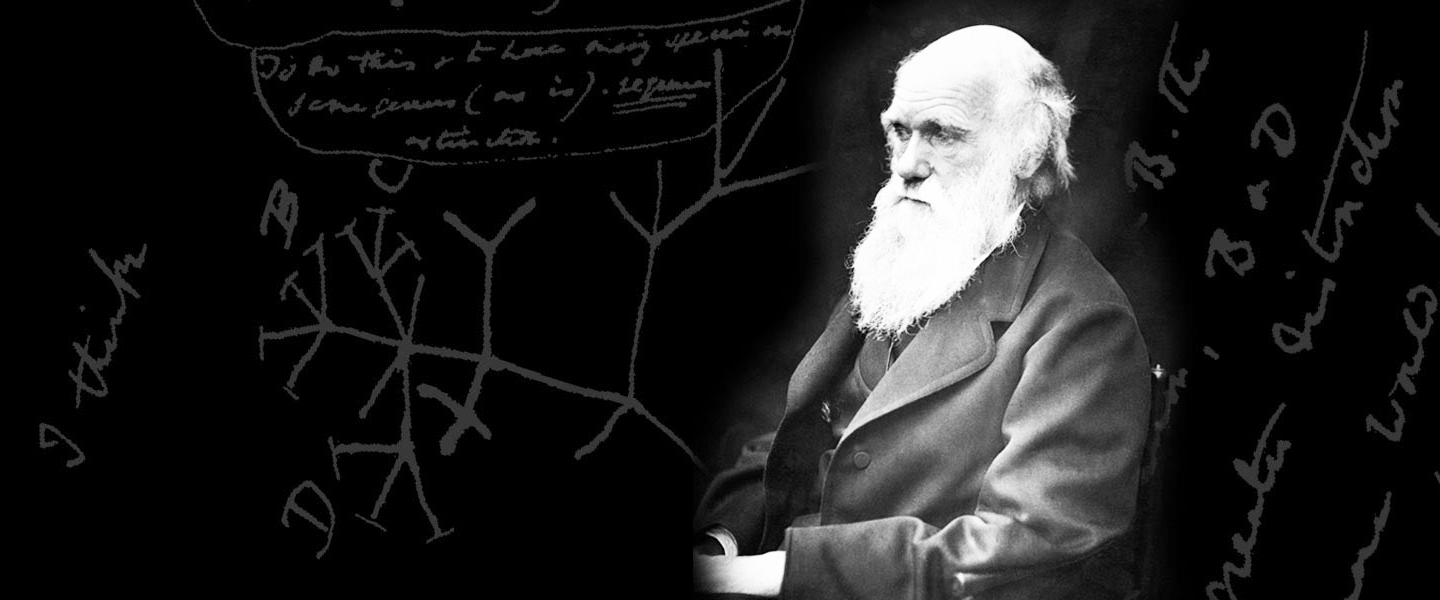5h December 2019. Ryohichi Sugimura, Kyoto University.
Spatial-Temporal Regulations in Human Developmental Hematopoiesis
On the 5th of December Ryohichi Sugimura of the Center for iPS Cell Research and Application (CiRA) at Kyoto University will give a talk on Spatial-Temporal Regulations in Human Developmental at 5.00 pm in the College lecture theatre (Collegio A Volta). All students are invited to attend, especially those reading Medicine, Biology, Biotechnology and Pharmaceutical Sciences. The poster of the lecture can be downloaded here.
Abstract
Blood cells sustain life through oxygen supply and resistance to infection. The hematopoietic system is a source of limitless production of blood cells. Genetic and environmental defects in this system causes hematologic cancers, anemias, and bone marrow failure syndromes. The ultimate goal of our study is to produce blood cells on petri dish so that can be transfused to patients [1]. To do so, understanding how blood cells develop in our body is essential. Blood cell development depends on network of cells. I propose the organ-on-a-chip platform to study network of cells in blood development [2]. This study will ultimately provide a fundamental molecular mechanism of human blood cell development.
Biography
My academic background comprises ten years of professional research experience as a stem cell biologist. I studied the role of microenvironmental signals in the maintenance of hematopoietic stem cells [3,4] and identified gene regulatory networks able to induce the formation of hematopoietic stem cells from human pluripotent stem cells [1]. At iPS Cell Research and Application (CiRA) based at Kyoto University, my research program focuses on understanding molecular mechanisms of human developmental hematopoiesis. My career goal is to contribute to regenerative medicine by bridging expertise in human developmental hematopoiesis and pluripotent stem cells.
References
[1] Sugimura, R., Jha, D., Han, A., Soria-Valles, C., da Rocha, E., Lu, Y., Goettel, J., Serrao, E., Rowe, R., Malleshaiah, M., Wong, I., Sousa, P., Zhu, T., Ditadi, A., Keller, G., Engelman, A., Snapper, S., Doulatov, S., Daley, G. (2017)
Hematopoietic Stem and Progenitor Cells from Human Pluripotent Stem Cells.
Nature. 545, 432-438.
[2] Ohta, R*., Sugimura, R*., Niwa, A., Saito, M. (2019)
Hemogenic Endothelium Differentiation from Human Pluripotent Stem Cells in A Feeder- and Xeno-Free Defined Condition.
Journal of Visualized Experiments.
[3] Sugimura, R., He, X.C., Venkatraman, A., Arai, F., Box, A., Semerad, C., Haug, J., Peng, L., Zhong, X., Suda, T., Li, L. (2012).
Noncanonical Wnt signaling maintains hematopoietic stem cells in the niche.
Cell. 150, 351-365.
[4] Venkatraman, A., He, X.C., Thorvaldsen, J., Sugimura, R., Perry, P., Tao, F., Zhao, M., Christenson, M., Sanchez, R., Yu, J., Peng, L., Haug, J., Paulson, A., Li, H., Zhong, X., Clemens, T., Bartlomei, M., Li, L. (2013).
Maternal-imprinting at H19-Igf2 locus maintains adult hematopoietic stem cell quiescence.
Nature. 500, 345-349.
